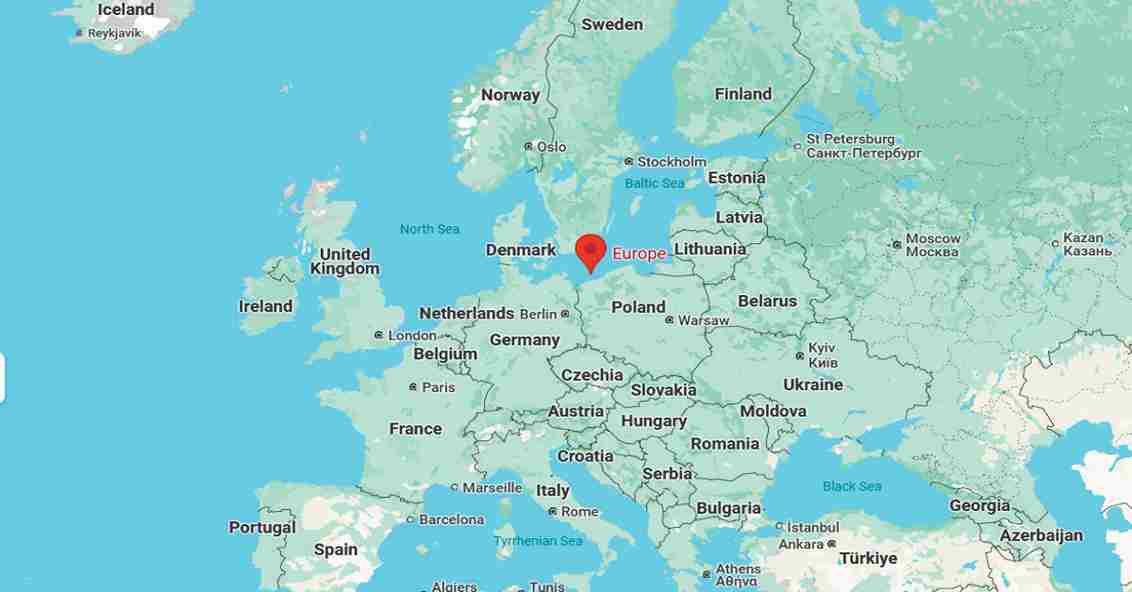How many countries are in the world according to the United Nations?
Some territories, like Greenland, Hong Kong, and Puerto Rico, are not considered independent countries but are autonomous or part of other nations.

According to the United Nations, there are 195 countries in the world including 193 member and 2 observer states (The Holy See and Palestine).
Taiwan is not a UN member and is only recognized by a few countries due to political issues with China. Some territories, like Greenland, Hong Kong, and Puerto Rico, are not considered independent countries but are autonomous or part of other nations. Here’s the breakdown:
- Asia: 48 (Palestine & Taiwan not included)
- Europe: 44
- Africa: 54 (Western Sahara not included)
- North America: 23
- South America: 12
- Australia (Oceania): 14
- Antarctica: NiL
- Total: 195
What is the Status of Antarctica?
Antarctica is a continent and does not have any countries within it. Instead, it is governed by an international agreement called the Antarctic Treaty System (ATS), which ensures that the continent is used only for peaceful and scientific purposes.
Territorial Claims: Several countries have made territorial claims on parts of Antarctica, including:
- Argentina
- Australia
- Chile
- France
- New Zealand
- Norway
- United Kingdom
However, these claims are not universally recognized and are held in abeyance under the Antarctic Treaty which was signed by 54 countries in 1959 and effective since 1961. It prohibits military activity, mineral mining, and supports scientific research and environmental protection.
Thus, Antarctica remains a unique example of international cooperation with no countries established on the continent.
What is the status of Palestine?
The status of Palestine as a country is a subject of international debate. The State of Palestine claims the West Bank, including East Jerusalem, and the Gaza Strip as its territory, with East Jerusalem as its declared capital.
However, the region’s political situation is highly complex, influenced by historical events, international law, and ongoing conflict.
Recognition:
- Over 135 United Nations member states and organizations, including the United Nations itself, recognize Palestine as a state.
- In 2012, the UN General Assembly granted Palestine “non-member observer state status”.
Disputed Sovereignty:
- Israel occupies significant parts of the territory claimed by Palestine, with ongoing disputes over borders, governance, and control.
- Some countries, including the United States and several European nations, do not formally recognize Palestine as a sovereign state.
While many consider Palestine a state based on historical, cultural, and political grounds, its full sovereignty and independence remain unresolved due to the ongoing Israeli-Palestinian conflict.
What is the status of Greenland?
Greenland is not an independent country, but it is an autonomous territory within the Kingdom of Denmark. Here are some key facts about Greenland:
- Autonomous Territory: Greenland is part of the Kingdom of Denmark but enjoys significant self-governance. It has its own government, which handles most domestic matters, while Denmark manages foreign affairs and defense.
- Independence Aspirations: There is an ongoing debate in Greenland about pursuing full independence. However, the decision is complex due to economic and geopolitical factors.
- Largest Island: Greenland is the world’s largest island that is not a continent, and about 80% of its landmass is covered in ice. It is the part of North America geographically.
- Government: Greenland has its own parliament and a Prime Minister who oversees domestic governance. Currently Múte Bourup Egede is the PM of Greenland since 23 April 2021
- Head of the State: The head of state is the monarch of Denmark, currently Queen Margrethe II.
While Greenland is not a country, it functions with a high degree of autonomy, making it distinct from typical territories.
Are Asia and Europe separate Continents Geographically?
Asia and Europe are not separate geographically. While Europe and Asia are considered separate continents, the boundary between them is completely man-made.
Some call the combination of Europe and Asia as Eurasia. Despite being the largest landmass on Earth, Eurasia is often humorously called the “continent that refuses to be divided.”
There’s no natural reason why Europe and Asia are separate! In fact, you could walk from Portugal in Europe all the way to Japan in Asia without ever leaving “Eurasia” (except for crossing some man-made borders).
So, in a way, Eurasia is just one huge land party that everyone decided to split in two for fun!
